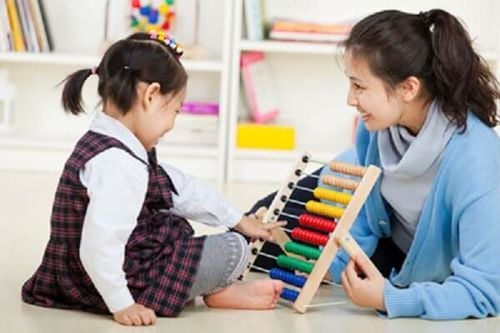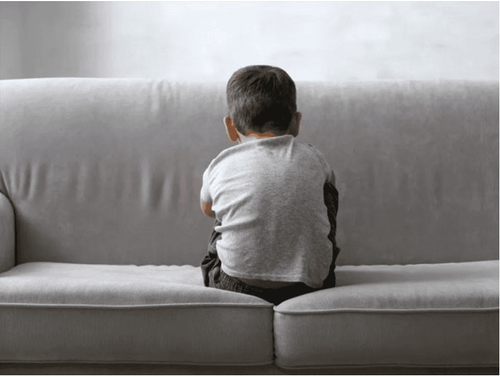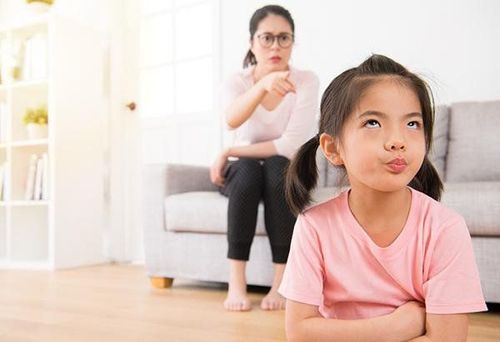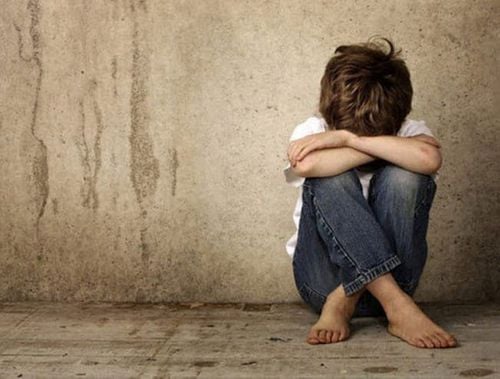This is an automatically translated article.
Posted by Master Music Therapist - Unit of Regenerative Medicine Clinic and Educational Psychology - Vinmec Times City International General Hospital.
Music therapy has long been used to help children with autism spectrum disorders develop language, increase their ability to communicate and interact with people around them. Music therapy for children with autism is music teaching activities such as dancing, singing, dancing, playing musical instruments, folk games, listening to music..
According to the book Prevention and early intervention of psychological disorders In children (Le Khanh- Women's Publishing House), many children with autism spectrum disorder do not babble in the first year, even many children are almost silent until the age of 5. According to statistics, about half of children with autism will be mute for life. If children with autism develop speech, often speech will also be abnormal, many children talk nonsense, talk parrots. Children can imitate other people's words accurately, but often have little or no understanding of their meaning.
Accordingly, to overcome speech parody, we can use relaxing music therapy to develop speech, increase interactivity and motivate children to take the initiative in speech according to the situation, The level of development of each child is as follows:
Sing children songs with familiar and familiar themes. Imitate the sounds your child pops out to sing along to the rhythm of the song. In fact, music therapy for children with autism brings a lot of benefits, because after listening to the melody of the song many times, children can memorize the melody of the song, thereby guiding the child to use the songs. sounds that the child already has to follow the rhythm of the song. In fact, many children can't speak but can memorize, sing along to the tune and perform their song with everyone. This is the time when children can connect and interact with others in the happiest and most natural way. Therefore, give children with autism the opportunity to express and share their own feelings through Relaxing Music Therapy.
SEE ALSO: Music education and music therapy for children with autism
For children who are just saying a few single words, use words they already have to encourage them to turn up more sounds by using one word and sing the melody of the whole song. (Example: Children can say the word “Ba” use the word “Ba” eh a to the tune of the song.) Because Vietnamese has accents, when using a word ê a according to the melodious melody of the song, children will unknowingly learn how to pronounce other accents naturally.
Eg:

Sing a word: Stimulate children's interaction by choosing a word that is repeated many times in the song, singing and blanking out the words, waiting and suggesting for children to sing to fill in the blanks.

Sing and pause near the end of each sentence to wait for your child to fill in 1-2 words to complete the verse. At this step, we accept any feedback from the child for the purpose of interaction and to fill in the blanks of the song such as: playing sounds, eye contact, body movement or with children who can speak. Wait for the child to fill in the missing word before starting the next sentence. Please wait patiently for a few seconds for the child to react and give praise, motivate the child by keeping the atmosphere of the song always happy, sharing a smile and following the next verse right after the child turn on sound.

Teaching understanding language and expressive language need to happen at the same time, so teaching singing so that children can make sounds, using language appropriate to the situation is very effective in helping children understand. get the words of others. Children's songs with simple, rustic lyrics and concise content help children easily understand and imitate in the most natural way.
Turn on music for children to listen to unconsciously: Choose short, familiar children's songs, simple words, easy to remember, repetitive, moderate tempo. Sing in combination with hand percussion to the most heard rhythm, which is repeated continuously in the song. Try to join the activity your child is doing while listening Use toys or objects that repeat repeated passages on the floor for attention Use the object tap rhythmically on the child If children accept, can directly use their hands to tap the rhythm on the part of the child's body that the child feels safe Sitting opposite, singing combined with tapping the rhythm into the child's hand Turn off the music automatically, sing and stop waiting at the end of the song to wait for the child to reach out to touch your hand (indicating to continue) Instruct the child to clap to the rhythm of the song Teach the child to sing in combination with tapping on body parts when called Name. For example (Thighs, legs, shoulders, back...) Instruct children to move according to the song with commands: Stand up, sit down, turn around, raise your arms high, lower your hands down... For children have words but often imitate words, you can guide children how to sing opposites by leaving 1 sentence, 1 paragraph blank and singing alternately, creating turns with the child as if 2 people are talking and responding to each other. Example:

When children's language comprehension is better, to avoid stereotypes, storytelling can be used - role-playing the characters in the song: Build story situations and suggestions so that children can join them. play the role of a familiar and favorite pet of the child. Ex: If a cat friend wants to show her love to her, how will she sing the song “I love you”? Then use provoking, thinking-provoking questions and guide the child to use the animal's call to sing the song.

For children who can understand the lyrics and know how to use body movements to accompany the song, it is possible to change the lyrics in the parts showing actions and emotions for children to actively identify and create. alternative actions.

Where language disagrees, there is Music instead. Because music is a thread for cultural exchange, sharing and expressing everyone's feelings. The fact that the benefits of using music therapy for relaxation have been confirmed by many reputable programs in many countries around the world. Relaxing music therapy not only works to improve language, but it is also a way to teach children with autism spectrum disorders how to interact socially, focus attention, develop communication, fine motor, gross, cognitive... especially, it is a therapy to help children relieve stress and develop talents with those who are gifted with Music.
Unit of Educational Psychology - Autism, Vinmec Times City International General Hospital is a pioneer in applying scientific and artistic methods to assess and treat children with autism, with high efficiency.
Areas of intervention to educate children with autism at Vinmec:
Pediatric psychiatry Clinical psychology - educational psychology Special education Speech therapy Meditation - yoga therapy Music therapy Fine art therapy Doctors Doctors, therapists and teachers at the Center are trained at prestigious schools: University of Education, University of Social Sciences & Humanities – Hanoi National University, Academy of Educational Management ... and regularly learn to improve skills through short-term and long-term training courses at home and abroad with leading experts from the US, Australia, India, Italy.













